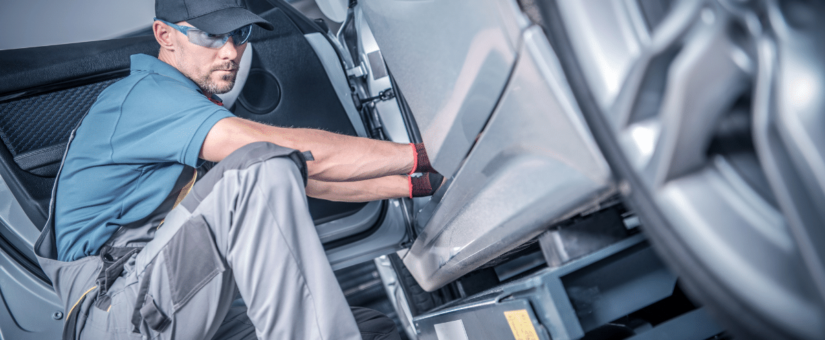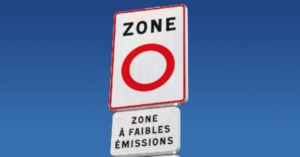
By the end of the Covid crisis, what are the challenges for the manufacturer networks and the independent aftermarket players? Categories: 2021, News Timelines: France, Francia
Announcement Date : 1 Luglio 2021
It is a new day for the aftermarket!
At the end of the third lockdown in France (June 2021), the future of motoring seems to be taking shape in a new light. Suddenly, the norms established for decades seem to be flattened in the medium-term horizon.
What are the major changes taking place? What are the challenges for the automotive industry and in particular the aftermarket?
An overhaul in registrations by fuel type
The collapse of registrations in 2020 (-25% in France and -25% in the G5) has been accompanied by an explosion of alternative registrations (BEV, HEV, PHEV) that have been limiting the impact on overall registrations.
The beginning of an energy transformation of the recent vehicle fleet is therefore becoming a reality (33% of car registrations in the first 5 months of 2021 are alternative energy vehicles, 4 times higher than observed in 2019).
Of course, this still means that so far around 7 in 10 cars registered have a combustible engine, so as it stands, traditional engines are still the fuel type of today and tomorrow.
Despite the inertia of the parc, the phenomenon of engine renewal is accelerating, and we estimate that this parc will have a 10% share on 1 January 2024 (within 3 years only!)
Although this vehicle tpye still account for a small proportion of workshop entries (2% in 2020), this share is set to grow strongly in the years to come and it is predicted that they will account for 8% of the 2023 workshop entries market! The manufacturer networks and the independent aftermarket players will not be on the same playing field when faced with this increase in demand: the manufacturer networks will adapt to this change very quickly, whereas Independent aftermarket players will lag behind in meeting the demand.
A constrained mobility for an important part of the car fleet.
At the same time, legislation strongly restricts the freedom of movement for motorists.
Since the adoption of the law on the orientation of mobility at the end of 2019, 10 cities have already put in place Low Emission Mobility Zones (EPZ-m) and others plan to establish them (by the end of 2024, to comply with the “Climate and Resilience” bill, all areas with more than 150,000 inhabitants, i.e. 33 new zones, will have to create an EPZ-m.)
By January 2024, only a quarter of the current fleet will have access to the Greater Paris EPZ (Crit’Air 0, 1), and by 2030, only the Crit’Air 0 sticker will be accepted in the Greater Paris EPZ, which means that 99% of the current fleet will no longer be able to drive in the capital. Only 100% electric and hydrogen vehicles will be allowed access.
A tale of two parcs…
In the cities, the freedom of movement will be approved under the condition of owning a new vehicle with a non-combustible engine.This fleet of vehicles – generally under manufacturer’s warranty and with a maintenance contract – traditionally frequent the manufacturer’s networks for maintenance and repair.
On the contrary, in the rural zones, there will be a concentration of the older vehicles equipped with a combustible engine that will visit independent repairers for maintenance and repairs. DIY is also common for these types of vehicles.
The first group will have a complete freedom of movement in the citires whereas the second group will have a very restricted freedom of movement.
What is the impact for the aftermarket players?
Behind these two parts of the French parc, it is easy to identify different needs in terms of maintenance and repair.
Where the oldest vehicles with traditional engines are concentrated, we can expect a few good years of growth and a gain in market share in the workshop entries of the independent aftermarket players. While the share of do-it-yourself operations has been falling for several years, the ageing of the fleet should reduce or reverse this trend.
On the contrary, the workshops of the manufacturer networks are likely to suffer from the increasing share of workshop entries of alternative fuel vehicles promised to be less demanding in terms of aftermarket needs.
The repairs professionals have shown for a long time their ability to adapt to changes in the market, so we can bet that they will once again be able to innovate and adapt to overcome challenges they may face… It remains to be seen how drivers will respond to these constraints in terms of equipment and what choices they will make for their mobility needs.
















